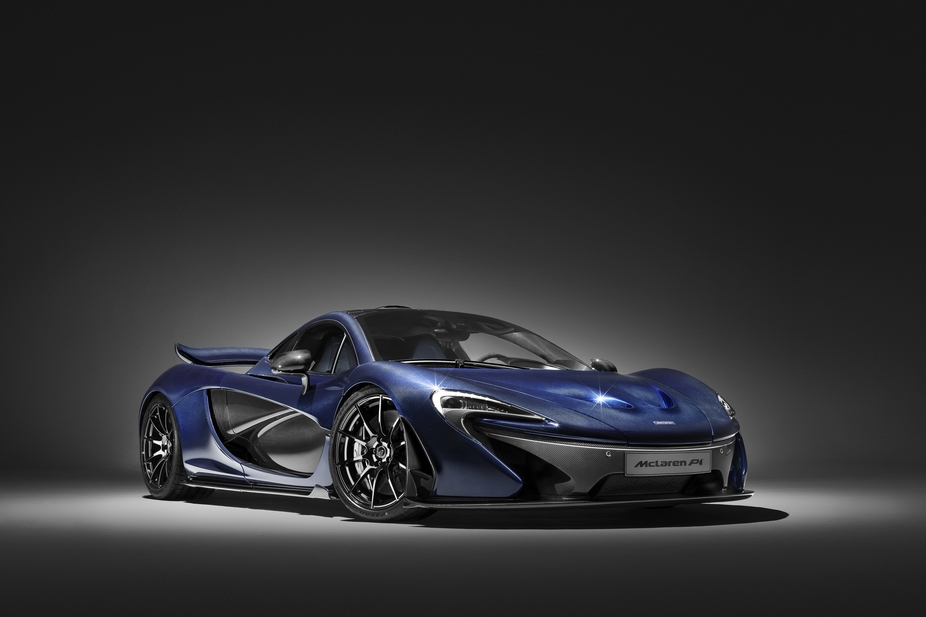This feature requires you to be logged on autoviva
You can login to your account or create a new account.
You can login to your account or create a new account.
This feature requires you to be logged on autoviva
You can login to your account or create a new account.
You can login to your account or create a new account.
basic info
Engine
--
--
Type
--
--
Displacement
--
--
Doors
--
--
Maximum torque
--
--
Seats
--
--
Wheel Drive
--
--
Luggage Space
--
--
Transmission
--
--
Fuel
--
--
Power-to-weight
--
--
Kerb weight
--
--
safety rating:
NCAP
NCAP
--
fuel efficiency
--
--
CO2 emissions
--
--
Displacement
--
--
max power
--
--
acceleration 0-100 km/h
--
--
top speed
--
--
add section
This feature requires you to be logged on autoviva
You can login to your account or create a new account.
You can login to your account or create a new account.
you might want to read about:
P1 Gen.1
P1 Gen.1
McLaren unveiled the concept for the successor to the F1 in the end of 2012 and called it P1. To make it unique the british brand is bringing its F1 experience to bear on the car. The body was created using computational fluid dynamics and its Formula 1 dynamics simulation tools.
The P1 will use a twin-turbocharged 3.8-liter V8 with an integrated electric motor to produce 903hp and 664lb-ft of torque. It will emit 200g/km of CO2, but can emit nothing for up to 12.5 miles (20km) at 30m... more
[ report this ]






